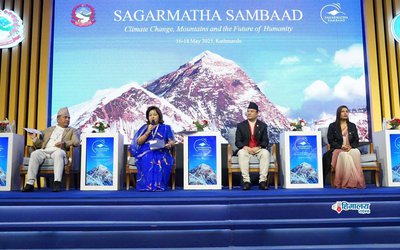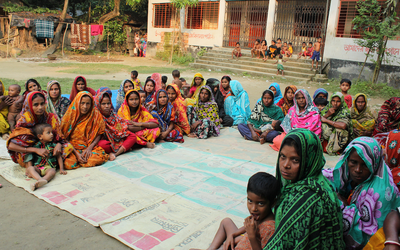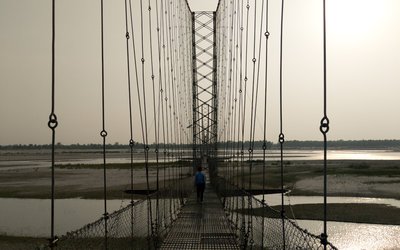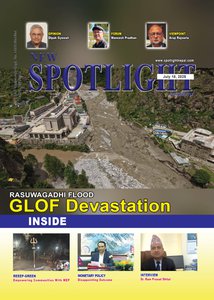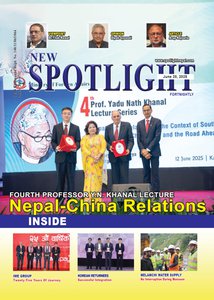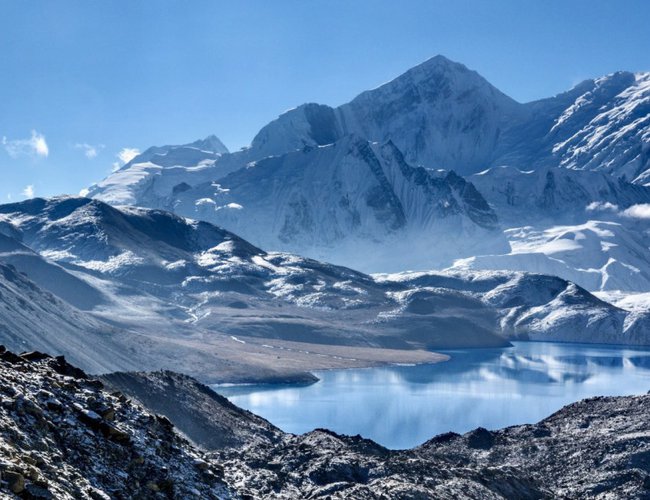
When “ecotourism” is mentioned —a concept now advocated worldwide as a model for sustainable travel, conservation, and community empowerment—few realize that its true genesis lies in the rugged trails and picturesque village of Nepal’s Ghandruk in the Annapurna region and not from any fancy boardrooms or Ivy League classrooms. The Annapurna Conservation Area Project (ACAP), conceived and implemented under the aegis of the then King Mahendra Trust for Nature Conservation (KMTNC), now the National Trust for Nature Conservation (NTNC), and with the pivotal support of the Government of Nepal, deserves recognition for coining and practicing ecotourism long before it entered the lexicon of the travel trade and development agencies alike. More importantly, ACAP’s architecture was engineered by Nepalis, for Nepalis, and implemented by Nepalis—an out-of-the-box, homegrown solution embedded in the belief that only a locally led approach could deliver lasting conservation and prosperity for the region’s people, culture and landscapes.
ACAP’s story is one of indigenous innovation born from necessity. In the 1980s, as unmanaged trekking tourism began to threaten the fragile Himalayan environment and important watershed for major rivers, Nepal’s government and conservation leaders saw the need for a new approach. The old models—often exclusionary and top-down—were no longer fit for purpose. What emerged instead was a truly out-of-the-box vision: conservation and tourism could and should work hand in hand, with local communities as partners and beneficiaries. This approach put villagers at the heart of decision-making, ensured that trekking revenues funded education, health, and infrastructure, and made environmental education a core part of daily life. ACAP’s integrated model set new standards for responsible tourism and cultural preservation, changing the way the world thinks about the relationship between people and protected areas.
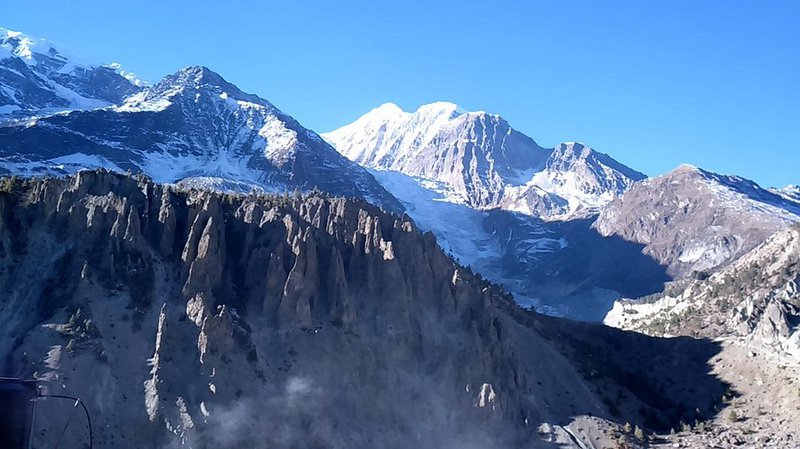
However, ACAP’s achievements were not possible in isolation. The Government of Nepal’s policy support legitimized and enabled this pioneering experiment, ensuring it was mainstreamed into the national development agenda. ACAP also benefited from the dedicated support of global partners. Organizations like the Asian Development Bank (ADB), the UK’s Department for International Development (DFID), the United States Agency for International Development (USAID), the World Wildlife Fund (WWF), Netherlands’s SNV, the United Nations Development Program (UNDP), Global Environment Facility (GEF) and others all played important roles. These development partners provided the resources needed to scale up ACAP’s impact, making it an example for sustainable development across the Himalayas and beyond.
Yet as we celebrate this legacy on World Environment Day, we must also confront a sobering reality. The challenges facing mountain regions like Annapurna have evolved. Human induced climate change is driving the rapid retreat of Himalayan glaciers, melting the very ice that feeds rivers, sustains biodiversity, and supports billions of lives. In just 15 years, Annapurna’s glaciers have lost more than ten percent of their area. The Gangapurna Glacier in Manang alone has shrunk by over 900 meters since the 1960s. The Hindu Kush Himalaya glaciers are projected to lose fifty percent of their glacier mass my 2050. As water supplies dwindle and new glacial lakes threaten catastrophic floods, the risks have become regional and global.
Here lies the inconvenient truth: today’s institutions and traditional approaches are not equipped to address tomorrow’s problems. Just as the old conservation models were inadequate for the challenges of the 1980s in Nepal’s Annapurna, our current frameworks are too fragmented and reactive to meet the scale, speed, and complexity of glacier retreat. The world urgently needs a new kind of leadership and a new kind of institution—one that is willing to think out of the box, just as KMTNC once did.
This is why, I strongly believe, that the case for an International Center for Glaciers (ICG) could not be clearer or more urgent. Recent studies show that glaciers worldwide have lost about 5% of their total ice mass since 2000, with the rate of melting increasing by more than a third in the last decade alone. This is not just a matter of vanishing ice: it is a direct threat to the water security, food production, and disaster resilience of billions of people who depend on these frozen reservoirs. The United Nations’ designation of 2025 as the International Year of Glaciers’ Preservation and the establishment of the annual World Day for Glaciers are global acknowledgments that the fate of our glaciers is now a defining challenge for humanity.
Despite the urgency, our collective response remains fragmented and insufficient. While there are valuable efforts like the World Glacier Monitoring Service and the Global Terrestrial Network for Glaciers, major gaps persist in data coverage, technical capacity, and sustained funding—especially in the countries and regions where glaciers are most critical and most at risk. Many national monitoring programs are under-resourced or absent altogether, and international coordination is hampered by a lack of institutional focus and long-term vision. The result: decision-makers are flying blind, unable to anticipate or adapt to the cascading impacts of glacier loss on water supplies, agriculture, hydropower, and disaster risks that also threaten hundreds of billions of dollars invested in developing infrastructures across the region.
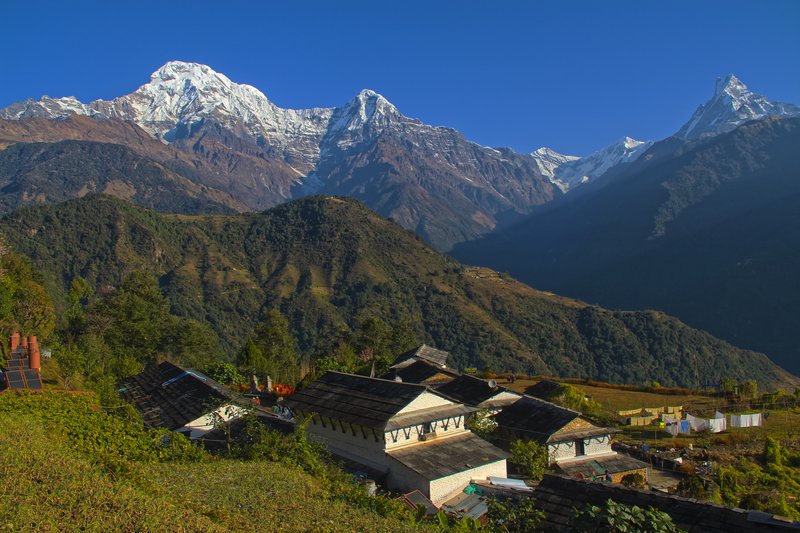
The ICG would serve as the global hub for glacier science, monitoring, policy, and adaptation—filling the institutional void that currently undermines our resilience to glacier loss. It would unify and expand global monitoring networks, ensuring that data from even the most remote and vulnerable glaciers is collected, shared, and translated into actionable knowledge. It would drive capacity-building, training the next generation of glaciologists and equipping local communities and governments with the tools they need to respond to rapidly changing conditions. Critically, the ICG would foster international cooperation, bridging the persistent gaps between research, policy, and on-the-ground action, and ensuring that the lessons learned in one region are available to all.
Moreover, the ICG would be uniquely positioned to address the social, economic, and cultural dimensions of glacier loss. Glaciers are not just water towers—they are archives of climate history, sacred sites fo r Indigenous Peoples, and linchpins of regional economies and security. Their disappearance will reshape societies and landscapes in ways we are only beginning to understand. The ICG can bring together scientists, policymakers, civil society, and local communities to co-create adaptation strategies, preserve traditional knowledge, and advocate for policy reforms that recognize the true value of glaciers.
The science is clear: glaciers are melting faster than ever recorded, and the consequences are global and generational. Without a step-change in how we organize, fund, and coordinate glacier research and adaptation, we risk losing not only these ancient ice formations but also the stability, security, natural and cultural heritage they sustain. The International Center for Glaciers is not an option—it is an essential institution whose time has come. Safeguarding the world’s glaciers is no longer just a local or regional challenge a shared global responsibility that transcends countries and continents, demanding united action in the face of an uncertain future.

Arup Rajouria
is an internationally recognized expert in climate change and natural resources management, with an impressive career at renowned organizations such as the former CEO of NTNC's CEO, UNDP, UN-Habitat, UNEP, and USAID. He obtained an MPA degree from Harvard
- Beyond the Mirage of Glacier Preservation: 2025 and the GLOF Crisis
- Jul 09, 2025
- 2024: A Year Of Missed Opportunities- A Call For Transformative Climate Action In 2025
- Dec 31, 2024
- Himalayan Meltdown: Threat Beyond Borders
- May 10, 2024
- Navigating The River of Doubts: The Evolving Dynamics Of India-Nepal Water Relations
- Jan 08, 2024
- A Cry From The Himalayas: Echoes Of Hope And Compromise At COP-28
- Dec 21, 2023

